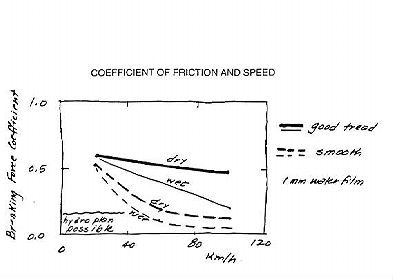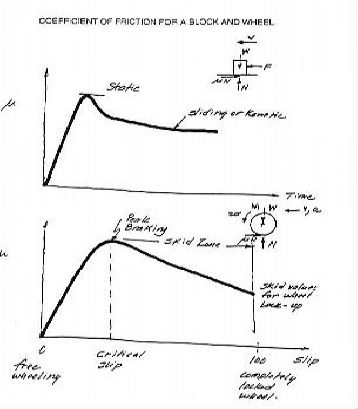
Fig. 4 (from Speed and the Motor Vehicle)

Fig. 5 (from Speed and the Motor Vehicle)
The coefficient of friction is at a maximum when a tire is initially being dragged(see fig. 5). After the initial movement, the coefficient of friction levels off somewhat.. The coefficient of friction for most tires are usually between 0.6 and 0.8. With wear, this value decreases.Rubber tires on water is about 0.4 and on snow it usually is about 0.2 . (see fig. 4)

Fig. 4 (from Speed and the Motor Vehicle)

Fig. 5 (from Speed and the Motor Vehicle)
Manufacturers can control the coefficient of friction, but they usually face a dilemma. The softer they make the tire, the better it brakes, but the shorter time it lasts. As well, a harder tire is more efficient and provides better fuel economy. The police usually have a great deal of values recorded for different tires, but this is not an ideal number. If they can, they use a car of similar size, mass, and weight distribution, and test it at similar speeds on the same surface. If they can't, they drag the car with a tow truck to get an idea of the value. In situations when cars slide on their roofs or sides, officers drag the car on its side to find the coefficient of friction.